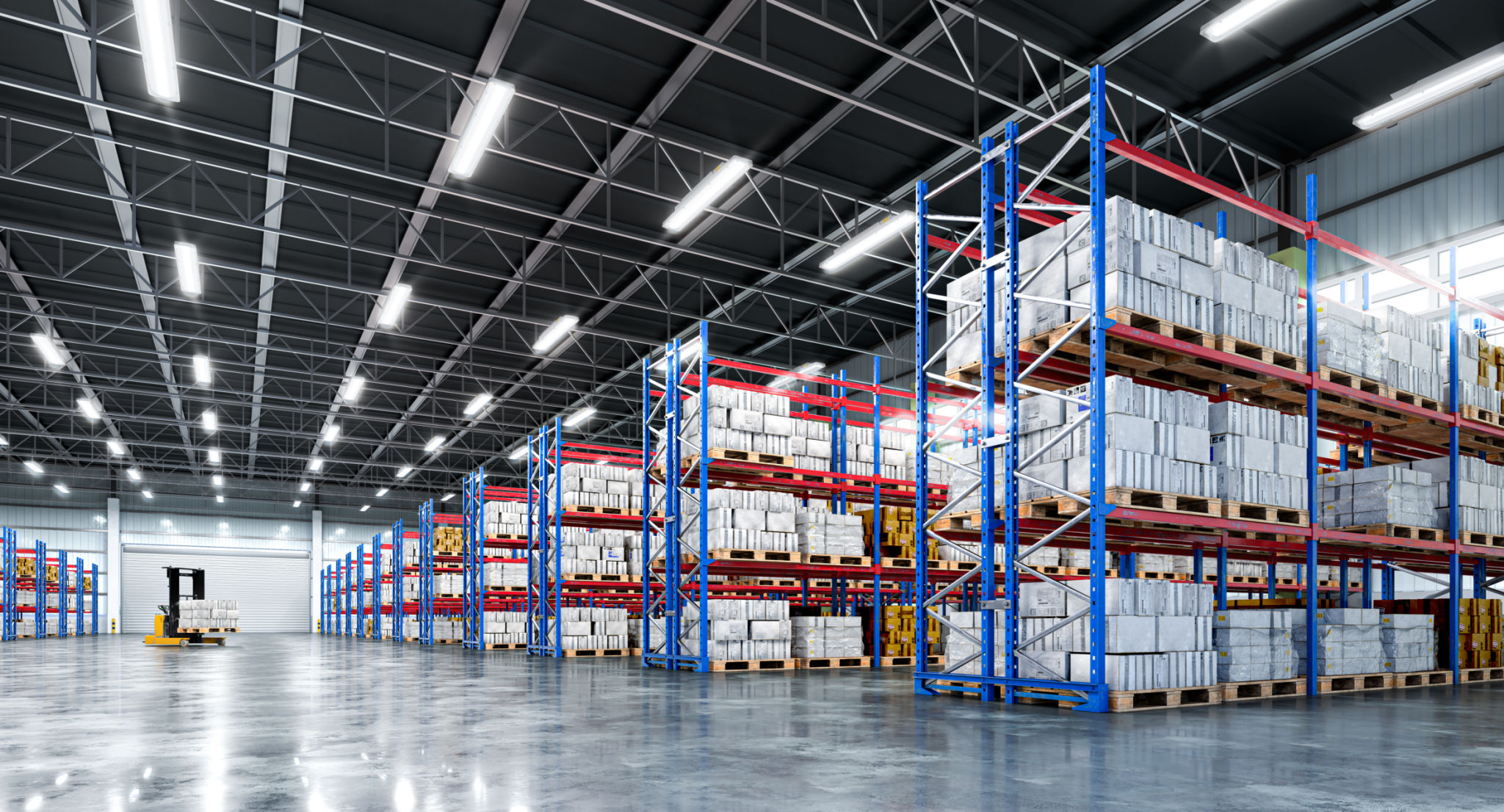Industrial Warehouse Design Trends: Balancing Minimalism and Functionality
Introduction to Industrial Warehouse Design Trends
Industrial warehouse design has evolved significantly over the years, with a growing emphasis on balancing minimalism and functionality. As businesses strive for efficiency and productivity, the demand for innovative and effective design solutions continues to rise. This blog post explores some of the key trends shaping modern industrial warehouse design.

The Rise of Minimalism
Minimalism in warehouse design focuses on creating clean, uncluttered spaces that promote efficiency. By reducing visual noise and eliminating unnecessary elements, warehouses can achieve a streamlined look that enhances organization and workflow. This trend not only improves aesthetics but also contributes to a safer working environment by reducing potential hazards.
Key features of minimalist warehouse design include:
- Open floor plans
- Neutral color palettes
- Simplified shelving and storage solutions
- Efficient lighting systems
Functionality at the Core
While minimalism sets the foundation, functionality remains at the core of industrial warehouse design. The primary goal is to create a space that supports operational needs and enhances productivity. This involves strategically planning layouts to optimize workflows, ensuring easy access to inventory, and integrating advanced technology for better inventory management.

Functional design elements might include:
- Automated storage and retrieval systems (AS/RS)
- Conveyor systems for efficient material handling
- Ergonomic workstations for employee comfort
- Scalable solutions to accommodate growth
Integration of Sustainable Practices
Sustainability is becoming increasingly important in industrial warehouse design. By adopting eco-friendly practices, businesses not only reduce their environmental impact but also lower operational costs. From energy-efficient lighting to sustainable building materials, warehouses are finding ways to incorporate green solutions into their designs.

Some sustainable practices include:
- Installing solar panels for renewable energy
- Using recycled materials for construction
- Implementing rainwater harvesting systems
- Optimizing insulation to reduce heating and cooling requirements
Embracing Technology and Automation
The integration of technology and automation is another trend transforming industrial warehouse design. By leveraging cutting-edge technologies, warehouses can enhance operational efficiency and reduce human error. Innovations such as IoT devices, AI-driven analytics, and robotics are becoming commonplace in modern warehouses.
Automated systems not only improve accuracy but also allow for real-time data tracking and inventory management, enabling businesses to make informed decisions quickly.
Conclusion: Striking the Perfect Balance
The future of industrial warehouse design lies in striking the perfect balance between minimalism and functionality. As companies continue to innovate, they must consider how these elements can work together to create spaces that are both efficient and aesthetically pleasing. By embracing these design trends, warehouses can enhance productivity, ensure safety, and support sustainable business practices.
